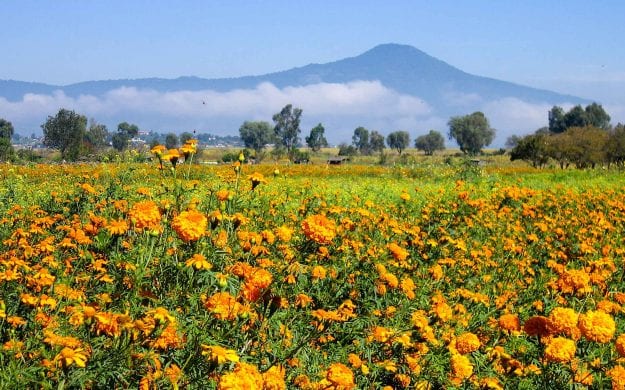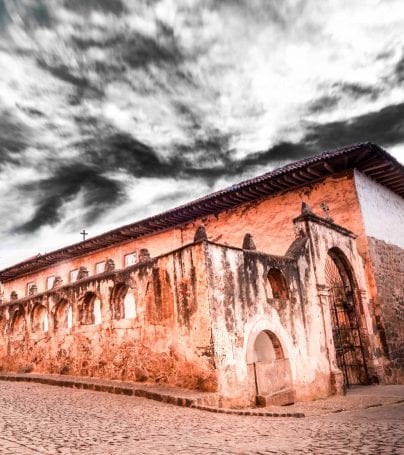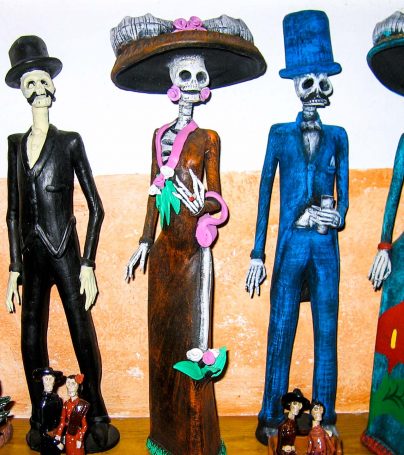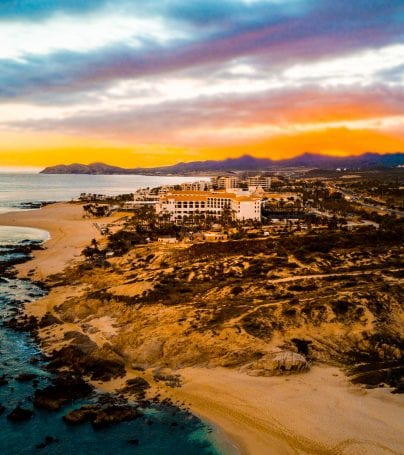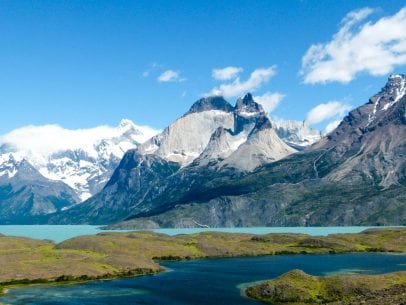Morelia Adventure Tours
Patzcuaro, which means “place of stones” in the Purepecha language, is a city and its surrounding municipality in the central part of the state of Michoacán, Mexico. It is located about an hour drive between Morelia and Uruapan and about 20 minutes from the artists’ town of Erongaricuaro. The 2005 census population was 51,124 people in the city and 79,868 in the municipality. The municipality has an area of 435.96 km² (168.325 sq mi) and includes numerous smaller towns, the largest of which is Cuanajo. Pátzcuaro was founded in 1540. The city was developed as a religious center, and its early inhabitants believed Pátzcuaro to be the doorway to heaven where the gods ascended and descended. The Purepecha people first settled in Pátzcuaro in 1324, led by Rey Curateme. It has always been of interest to Mexican history scholars because it was central to the careers of two diametrically opposed characters in Mexico’s colonial past. The first wasNuño Guzmán de Beltrán, the vicious conquistador who plundered the area for gold. He had the local Purepecha Indian chief burned alive when the chief couldn’t or wouldn’t tell him where Indian gold was hidden. Eventually his crimes against the Indians became so extreme that the Spanish were forced to arrest him. In his place they sent Vasco de Quiroga, a former judge from Mexico City who had become a priest. Vasco de Quiroga helped the Purepecha Indians in the Pátzcuaro area by introducing new crops and establishing schools and hospitals.
Pátzcuaro is hidden high in the mountains of Michoacán at 2,200 meters (7,130 feet) of elevation. It is veiled from the outside world by a curtain of high pine trees. To the north isLake Pátzcuaro, one of Mexico’s highest lakes. The butterfly fishermen, who dip their nets into the lake in search of whitefish, have become a trademark of Pátzcuaro.
The town retains its ancient atmosphere. It consists of largely one-story adobe or plaster-over-brick buildings with red tile roofs. The streets are dusty cobblestones traveled by horse and car. Plaza Vasco de Quiroga, known by locals as simply the Plaza Grande, is Pátzcuaro’s central square. Grass covers much of the plaza, and a statue of Vasco de Quiroga stands in its center.
On the east side of downtown is the beautiful Basilica of Our Lady of Health, the city’s patron, built between 1546 and 1554. The College of Saint Nicolas, south from the basilica, was founded by Don Vasco in 1540 and now houses the Museum of Popular Arts and Archaeology, which has exhibits of carvings, pottery, weaving, and archaeological artifacts. The Cathedral of Michoacán was built by Don Vasco and was opened in 1546. Today it is the temple of the Jesuits. The House of Eleven Patios is the former monastery of Saint Catherine, founded by Dominican nuns in 1747. It is now a center for local artisans, and you can watch them work.
Customize Your Dream Adventure
We are here to help craft tailor-made adventures for individuals, couples, families, and groups of explorers.

